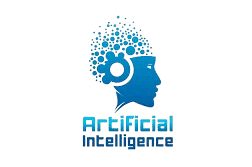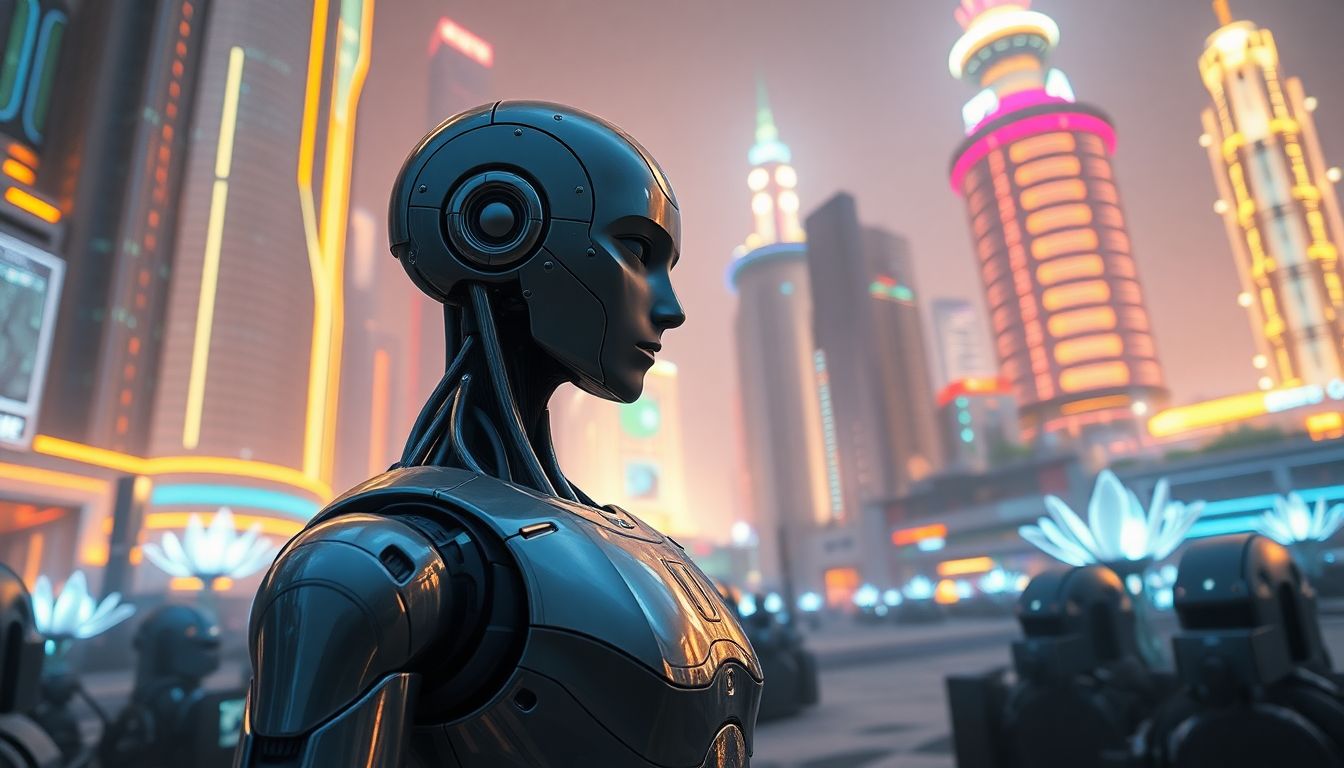Imagine robots that don’t just follow programmed instructions but can think, adapt and make decisions like humans. Thanks to advancements in artificial intelligence, this future is closer than you think. These remarkable machines combine the physical capabilities of robotics with the cognitive power of AI, revolutionizing how we work and live.
What Are AI Robots?
AI robots represent a significant evolution from traditional programmable machines. Unlike conventional robots that simply repeat pre-programmed actions, AI robots can learn from experience, adapt to new situations, and make autonomous decisions.
The AI Behind Intelligent Robots
Core AI Technologies
- Machine Learning: Enables robots to improve through data analysis without explicit programming
- Natural Language Processing: Allows understanding and response to human speech
- Computer Vision: Gives robots the ability to interpret visual information
- Decision Algorithms: Powers autonomous problem-solving capabilities
Key Hardware Components
- Advanced sensors for environmental awareness
- High-performance processors for real-time analysis
- Precision actuators for physical movement
- Integrated software-hardware systems
AI Robots in Action Across Industries
Manufacturing
- Precision assembly with microscopic accuracy
- Automated quality control inspections
- Intelligent material handling systems
- Example: BMW’s AI-powered automotive assembly
Healthcare
- Surgical robots enabling minimally invasive procedures
- Patient rehabilitation assistance
- Drug discovery acceleration
- Elderly care solutions
Logistics & Delivery
- Automated warehouse inventory management
- AI-powered sorting systems
- Last-mile delivery drones and robots
- Autonomous material transport
Customer Service
- Intelligent chatbots for 24/7 support
- Virtual assistants like Siri and Alexa
- Interactive retail kiosks
- Automated complaint resolution
The Future of AI Robotics
Technological Advancements
- More sophisticated machine learning algorithms
- Enhanced sensory perception capabilities
- Improved energy efficiency
- Greater physical dexterity and mobility
Emerging Applications
- Educational assistants in classrooms
- Space exploration and research
- Environmental conservation efforts
- Disaster response and recovery
Ethical Considerations
Key Concerns
- Workforce displacement and job transformation
- Data privacy and security implications
- Algorithmic bias and fairness
- Accountability for autonomous decisions
Balancing Innovation and Responsibility
- Developing ethical AI guidelines
- Implementing responsible deployment practices
- Establishing regulatory frameworks
- Promoting transparency in AI systems
Advantages and Challenges
Benefits
- 24/7 operational capability without fatigue
- Superior precision and consistency
- Increased productivity and efficiency
- Long-term cost savings and ROI
- Ability to perform dangerous tasks safely
Limitations
- High initial investment costs
- Technical complexity of implementation
- Integration with existing systems
- Ongoing maintenance requirements
- Workforce adaptation challenges
Maximizing the Potential of AI Robots
Workforce Development
- Investing in STEM education programs
- Creating retraining initiatives for displaced workers
- Developing human-robot collaboration skills
Policy and Governance
- Establishing ethical development standards
- Implementing safety regulations
- Creating accountability frameworks
Collaborative Innovation
- Encouraging public-private partnerships
- Supporting interdisciplinary research
- Promoting international cooperation
Looking Ahead
AI robots represent one of the most transformative technologies of our time, revolutionizing industries from manufacturing to healthcare. While they offer tremendous potential to improve efficiency and quality of life, they also present significant challenges that require thoughtful solutions. By focusing on education, ethical guidelines, and collaborative innovation, we can harness the benefits of AI robotics while addressing societal concerns. As this technology continues to evolve, staying informed and engaged will be crucial for shaping a future where humans and intelligent machines work together productively.

